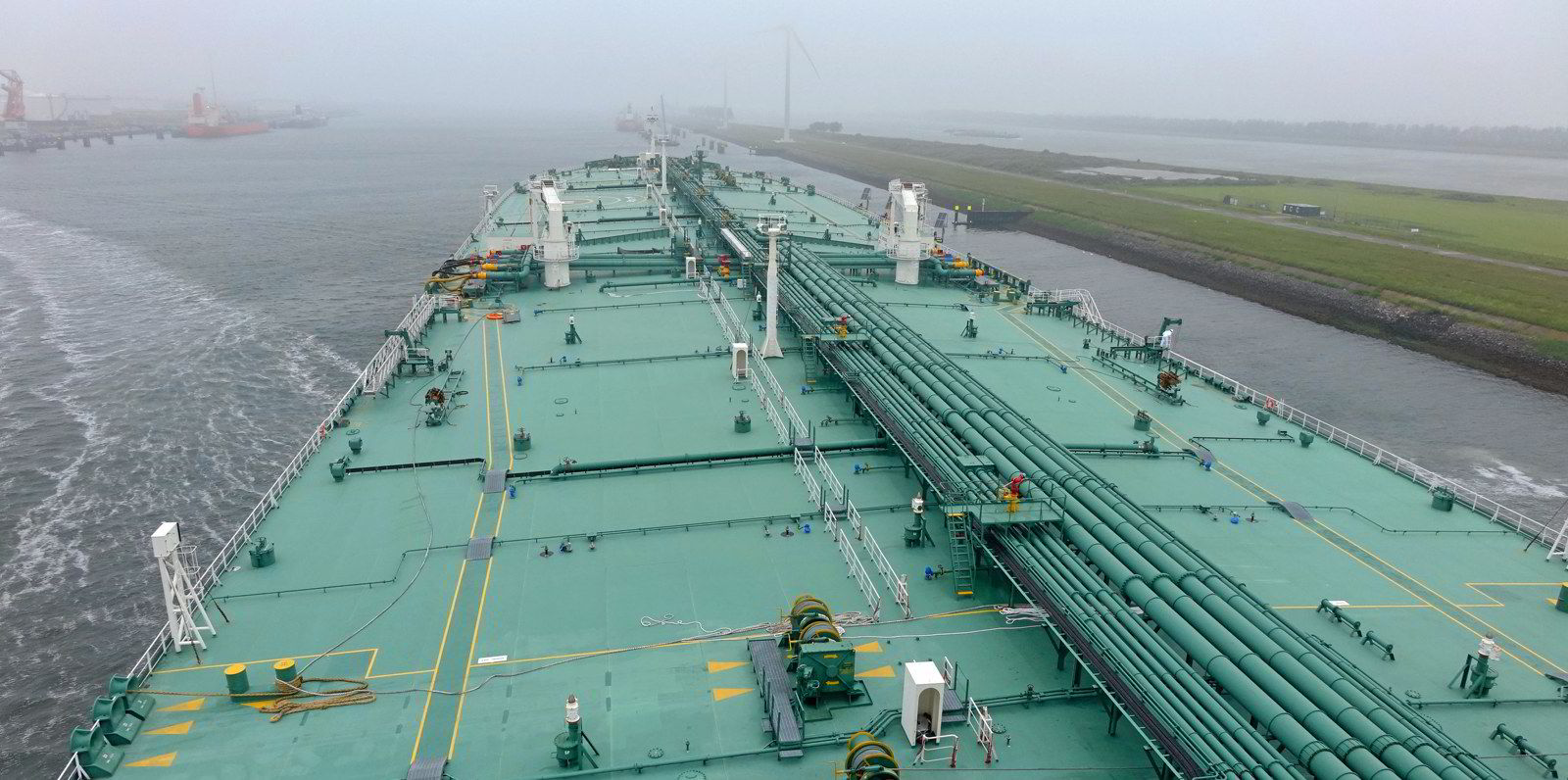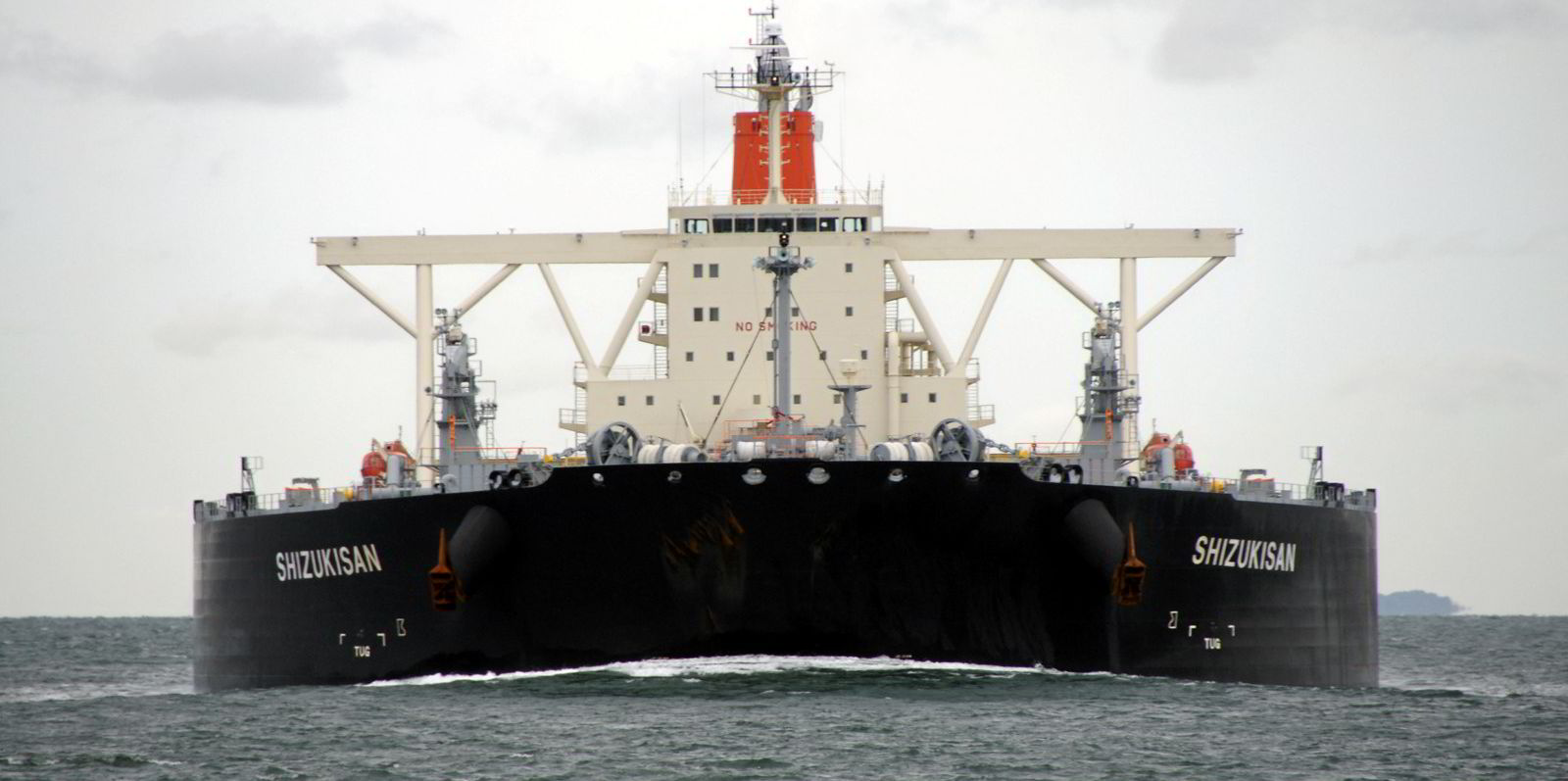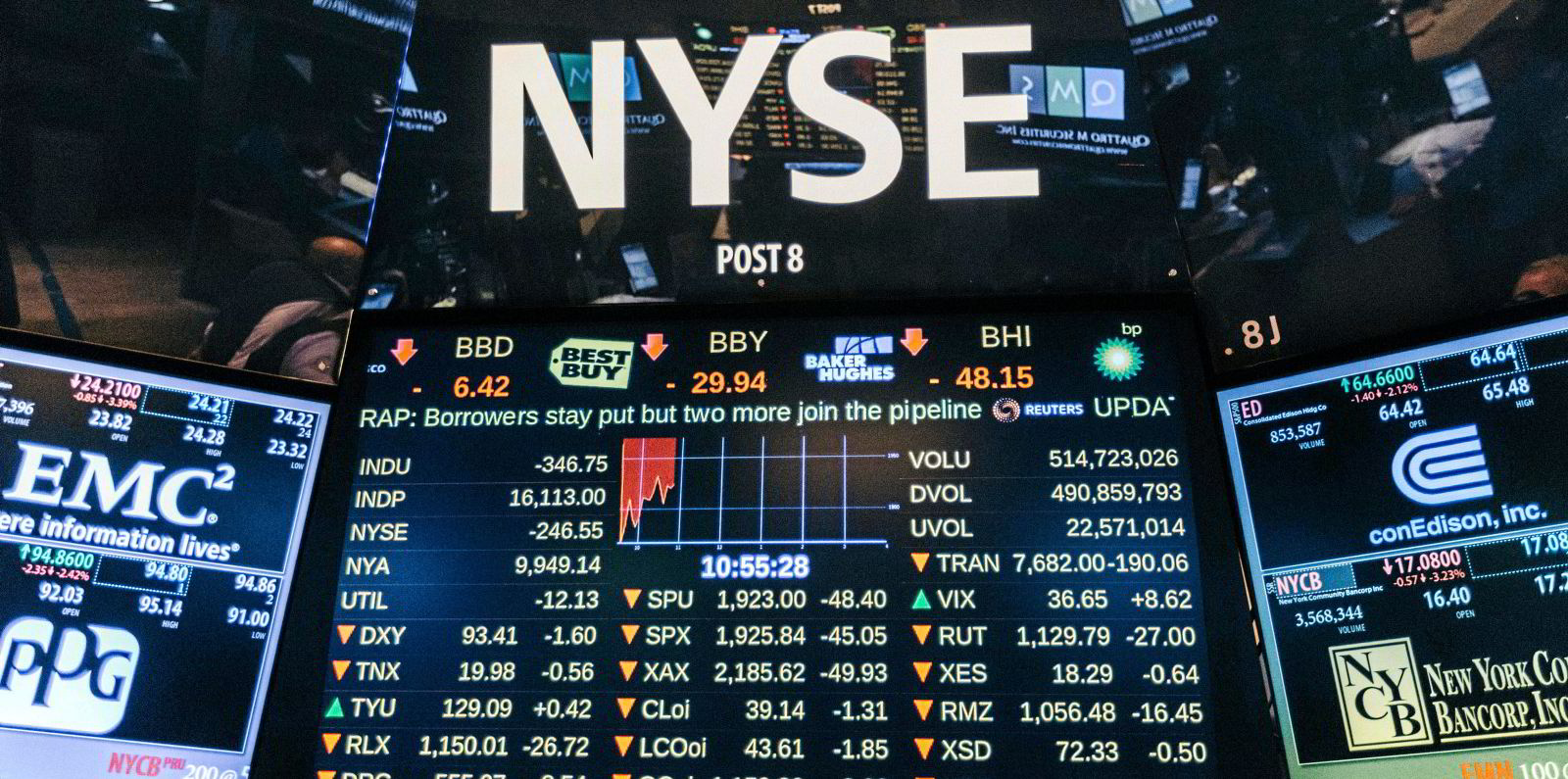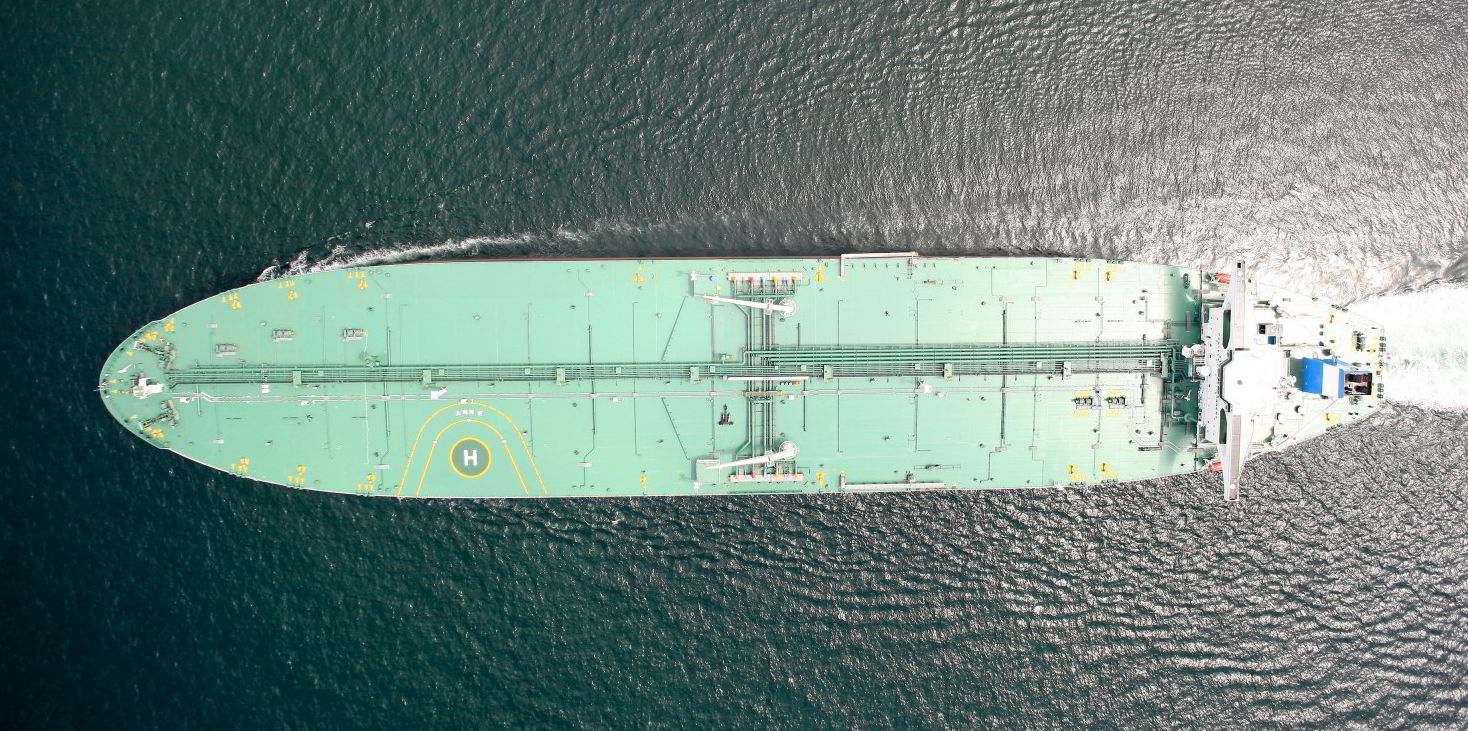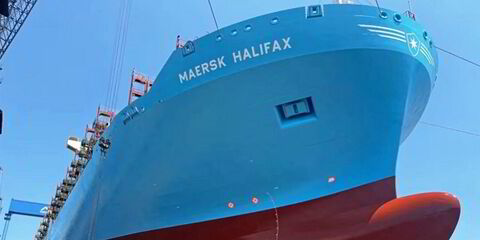Peak demand season is set to disappoint tanker owners due to tonnage oversupply and a slow pace of oil demand recovery, according to analysts.
With freight rates pegged below break-even levels in recent months, many owners had hoped for a bump in freight earnings in the fourth quarter to ease full-year losses.
But Alphatanker expects small rates gains in the coming months as scrapping volume remains limited and newbuilding deliveries continue.
While oil demand is set to increase due to winter fuel demand in the northern hemisphere, the AXSMarine research unit believes this could contribute to earnings erosion by pushing up crude and bunker prices.
“Despite the projected uptick in global tanker demand in the fourth quarter, our models suggest that tanker earnings will be hit by the forecast higher marine fuel prices,” Alphatanker analysts wrote in a weekly note.
“The impact of stronger bunker prices will be more acutely felt on the larger sizes and especially VLCCs.”
Alphatanker forecasts spot earnings for a non-scrubber, non-eco VLCC on the benchmark Middle East Gulf (MEG)-China route to average $5,400 per day between October and December, a record low.
Full-year VLCC earnings were estimated to be $850 per day in 2021, also the lowest on record.
The weak earnings prospects are expected to prompt crude tanker owners to seek more opportunities to carry refined products on their newbuildings, undercutting demand for product tankers.
A total of 61m barrels of products have been transported by suezmaxes and VLCCs during their maiden voyages this year, displacing 70 to 100 fully laden LR2 vessels, according to Vortexa.

The data firm’s analyst Ioannis Papadimitriou said the economics in chartering crude tanker newbuildings to transport products remain favourable.
“Import demand from China — the raison d’etre of VLCCs this century — remains limited, while on the supply side, scrapping activity is subdued throughout the year,” he said.
“These two pillars will likely continue to exert a pressure on crude tanker employment and hence freight rates, setting the appropriate conditions for CPP [clean petroleum products] maiden voyages on crude tankers to resume.”
Such cascading will continue to plague product tanker markets even though the segment is set to benefit from increasing cargo movements, Alphatanker analysts suggested.
“Rather than receive a seasonal fourth-quarter bounce, crude tankers could actually inch further into the abyss which, in turn, would have repercussions for clean tankers,” they wrote.
Alphatanker expects spot LR2 earnings on the MEG-Japan route to average $10,666 per day and LR1 earnings to average $10,300 per day in the fourth quarter. MR ships are predicted to earn $9,000 per day for the north-western Europe-US Atlantic coast trade.
Moreover, oil experts are expecting a slowdown in oil demand recovery as the coronavirus Delta variant spreads across the globe, a development that bodes ill for tanker requirements.
Harder than first anticipated
“Despite tanker demand recovering this year ... it has become apparent that the final climb towards its pre-pandemic level will be longer and harder than first anticipated,” Alphatanker said.
The research unit expects global tanker demand to remain 2.3% below its pre-pandemic peak at the end of this year and 0.6% below at end-2022.
This will come against projected VLCC fleet growth of 1.6% this year and 2.7% next, with newbuilding deliveries expected to outpace scrapping.
“Weakness in the VLCC segment will filter down through to smaller tanker segments, ultimately preventing a prolonged, sustainable recovery in hire rates and earnings for both crude and clean tankers,” Alphatanker said.
Clarksons Platou Securities also conceded that tanker markets are underperforming amid reduced oil trade.
The investment bank recently cut VLCC earnings forecast for 2021 by $7,500 to $18,100 per day, suezmaxes by $6,200 to $13,800 per day and aframaxes by $5,000 to $12,500 per day.
But its analysts Frode Morkedal and Omar Nokta are optimistic about market prospects as Opec+ begins to increase crude output.
“Global oil stockpiles have been depleting, positioning the oil complex with a significantly tighter market balance as we approach the peak winter consumption months,” they wrote in a note.
“We see an exciting tanker market taking shape in the next few months, leading to a much stronger period in 2022 [and later].”
